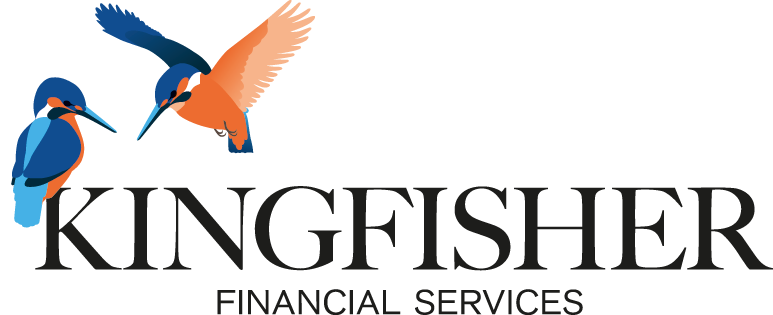
23 Jun Deeming freeze a win for Age Pensioners
Why the decision to keep deeming rates on hold may be a window for interest rates.
.
In delivering the second reading of the Appropriation Bill (No. 1) 2024–25 last week, otherwise known as the latest federal budget, the Treasurer announced that the current freeze on social security deeming rates will continue until 30 June 2025.
It was a passing reference, but one that potentially has big income implications for an estimated 450,000 people receiving a full or part government Age Pension payment.
The announcement also signals, indirectly at least, that official interest rates may be lower by mid next year, when the latest freeze on deeming rates will end, than they are now.
What are deeming rates?
Deeming rates are used by Services Australia to determine the amount of Age Pension payable to singles and couples who generate additional income from financial investments.
They’re also used to assess eligibility for the Commonwealth Seniors Health Card and to determine co-contributions for aged care services.
The deeming rates essentially “deem” that all financial investments earn the same percentage return, regardless of what they actually earn. The government’s definition of investments for the purposes of deeming is broad, from money invested in a savings account or term deposit, to managed investments, listed shares and other securities, loans, and debentures.
A deeming rate of 0.25% currently applies to the first $60,400 of financial investments held by a single age pensioner, and to $100,200 held by a couple. A higher deeming rate of 2.25% applies to any financial investments above those thresholds.
The benefits of having a deemed rate of return are that it helps keep Age Pension payments steady for those with outside financial investments, instead of having them move up and down based on the performance of their assets.
Any returns above the set deeming rates are not counted as income for Age Pension calculation purposes.
By treating all financial investments in the same way, the deeming rules encourage people to choose investments on their merit rather than on the effect the investment income may have on their pension entitlement.
What the deeming rates freeze means
Deeming rates are not changed frequently, and keeping the current deeming rates on hold undoubtedly provides more income certainty to many Age Pension recipients with financial investments.
Indeed, the last time there was a change to deeming rates was back in May 2020, when they were cut from a much higher 1% (for assets below $51,800) and 3% (for assets above $86,200).
Deeming rates have historically been aligned to the prevailing official cash rate, and 2020 marked the start of the rapid falls in interest rates to near zero as governments around the world moved to buttress their economies against the impacts of COVID-19.
However, with rates having now been lifted sharply to tackle surging inflation, there were some expectations that the deeming rates would now be lifted to be more closely aligned to the current 4.35% cash rate (which is at a 12-year high).
Vanguard foresees core inflation falling to 3% year-over-year by the end of 2024, still solidly above the midpoint of the Reserve Bank’s 2%–3% target range.
As such, the Reserve Bank is likely to be one of the last central banks in developed markets to cut rates, doing so only in 2025.
The government will be watching these developments closely in terms of deciding its next move on deeming rates.
Tony Kaye, Senior Personal Finance Writer
May 2024
vanguard.com.au

